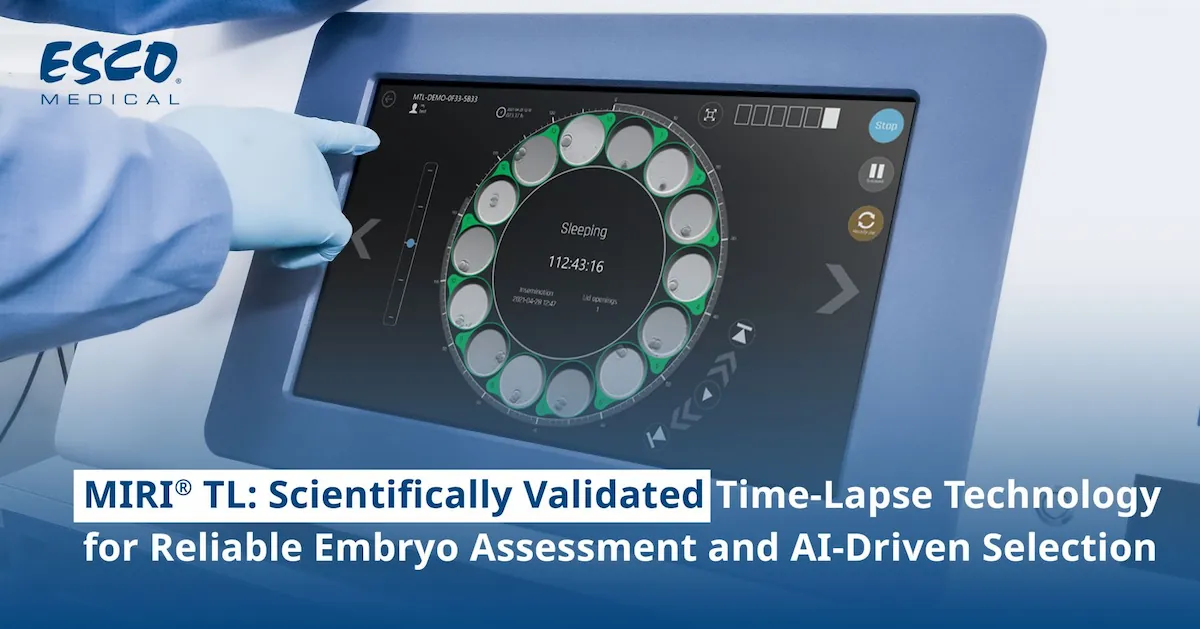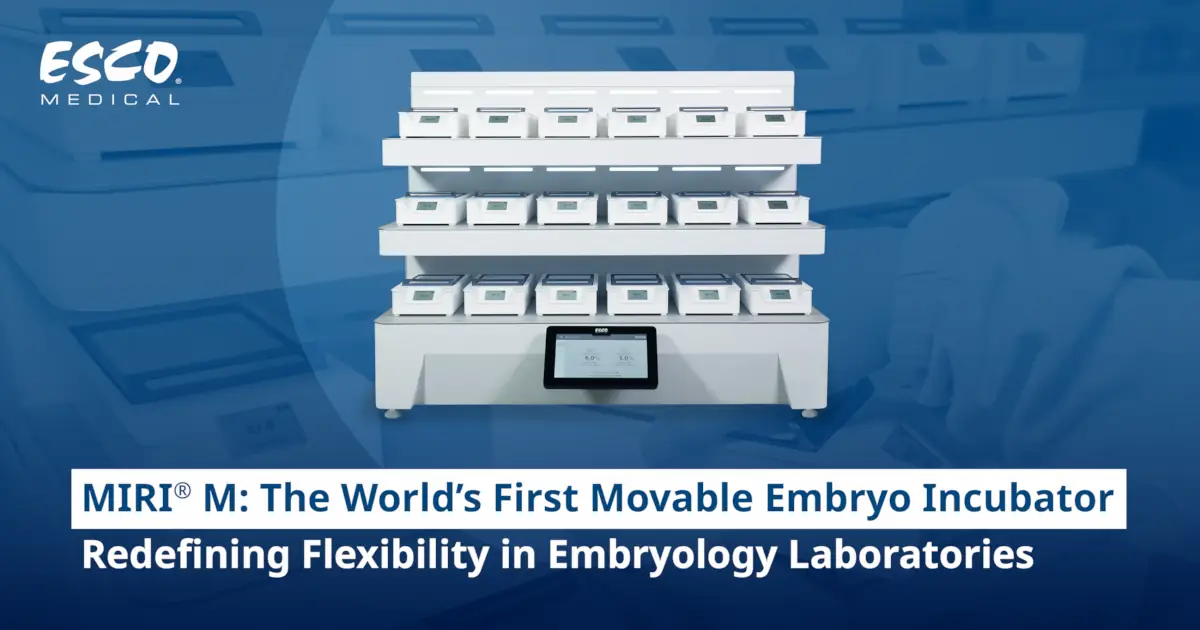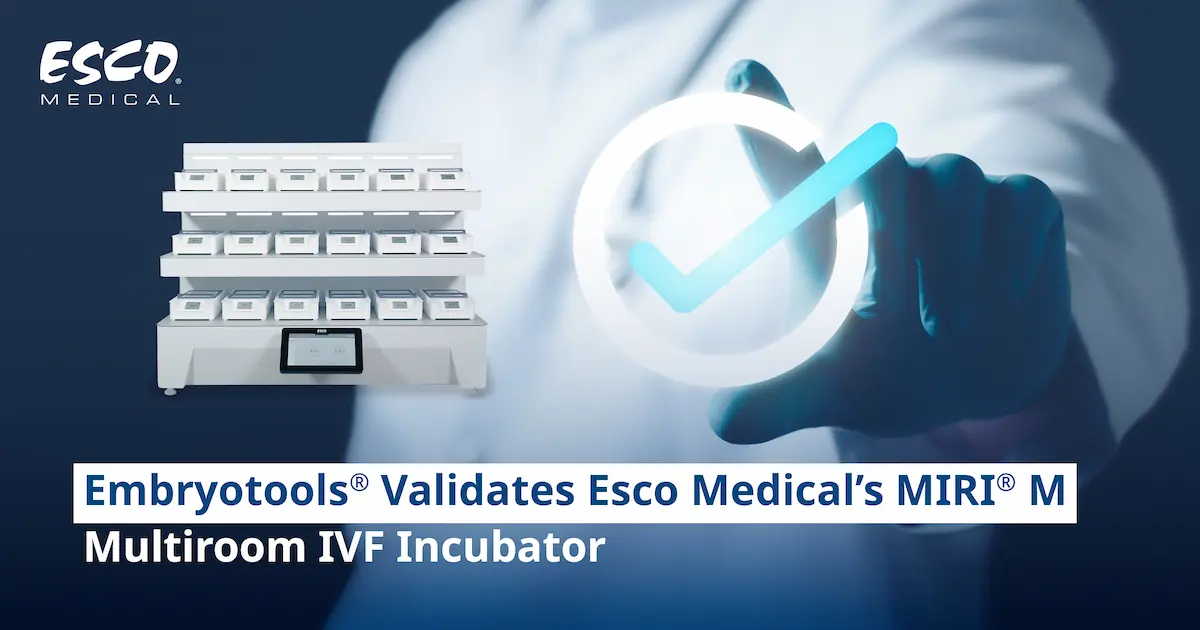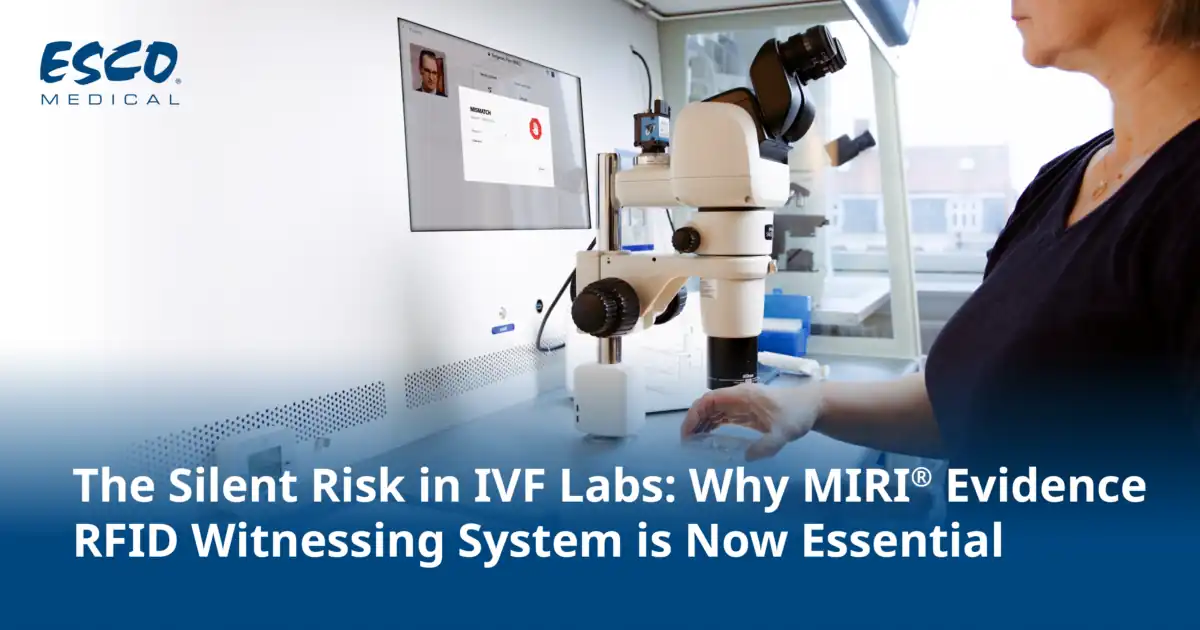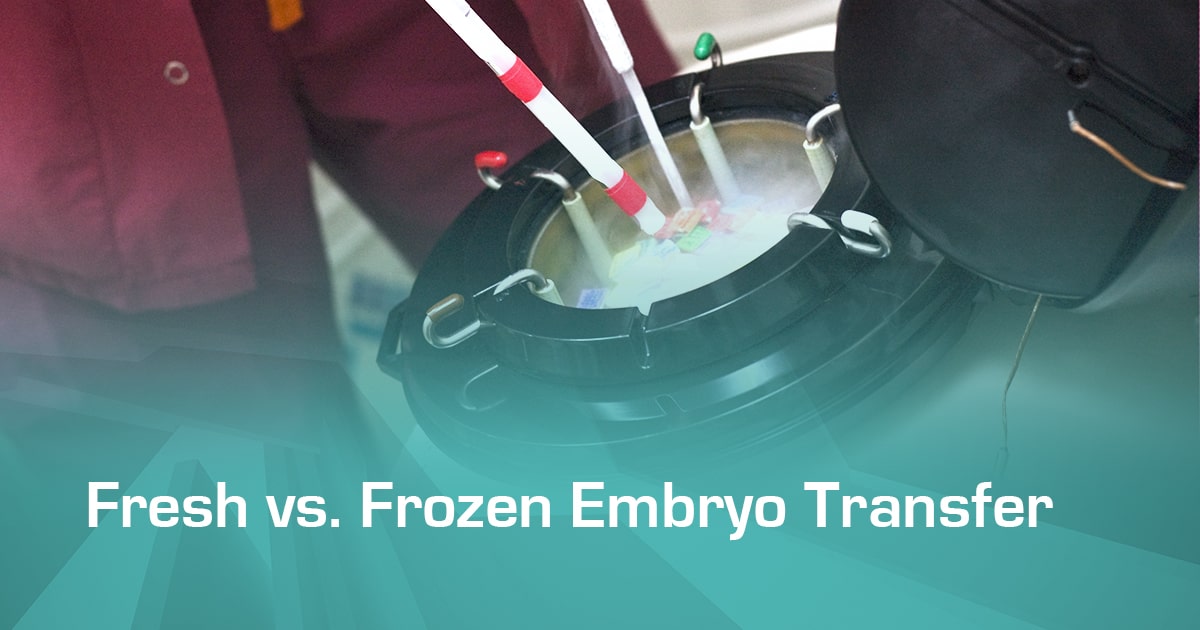
Comparing Fresh and Frozen Embryo Transfer: Which Is More Beneficial?
In the realm of assisted reproductive technology, in vitro fertilization (IVF) stands as a prominent solution. The 39th Annual Meeting of ESHRE shed light on the monumental impact of IVF, with an estimated global count of over 'At least 12 million babies' born since the pioneering IVF birth in 1978. IVF encompasses a series of intricate procedures aimed at addressing infertility, sterility, and genetic concerns related to childbirth. This process involves extracting mature eggs from ovaries, fertilizing them with sperm in a laboratory, and transferring the most promising embryos into the uterine cavity.
Embryo transfer following IVF offers two main pathways:
1) Immediate transfer within the same menstrual cycle (known as fresh embryo transfer)
2) Cryopreservation of embryos followed by thawing and transfer in a subsequent menstrual cycle (referred to as frozen embryo transfer).
In fresh embryo transfer, embryos are implanted into the patient's uterus after a period of external embryo culture (typically 2-5 days). The embryos follow a direct path to development without undergoing the freeze-thaw process.
On the other hand, frozen embryo transfer involves cryopreserving embryos in liquid nitrogen at -196°C for an extended period, spanning months or even years, prior to implantation. The decision to freeze embryos is often based on quality, and this approach provides an avenue for future use. In certain cases, patients with medical conditions unsuitable for fresh transfers may opt for a "freeze all" strategy, preserving viable embryos for subsequent cycles.
Contrasting Fresh and Frozen Embryo Transfer
Advantages and Drawbacks of Fresh Embryo Transfer
Fresh embryo transfers are typically more cost-effective, making them an attractive option for many patients aiming to conceive. Moreover, a recent meta-analysis in 2021 hinted at the potential for faster pregnancy timelines with fresh embryo transfers (assuming similar cumulative live birth rates), owing to the absence of delays associated with embryo freezing and uterine lining preparation.1 Additionally, fresh embryo transfers are linked to reduced risks of maternal hypertensive disorders, higher birth weights, and large-for-gestational-age babies.
However, a drawback of fresh embryo transfer is the elevated risk of ovarian hyperstimulation syndrome (OHSS), particularly in cases involving patients with polycystic ovaries. Excessive hormone levels stemming from the presence of numerous eggs can impede the receptivity of the uterine lining, rendering fresh transfers unsuitable.1Furthermore, the selection of embryos for transfer occurs without prior genetic testing in this approach.
Advantages and Disadvantages of Frozen Embryo Transfer
Frozen embryo transfer is the preferred route when fresh transfers fail, or circumstances prevent immediate transfers. This method becomes essential for patients dealing with psychological issues, health concerns, or conditions like ovarian hyperstimulation syndrome, uterine fluid, uterine polyps, or a thin endometrium that hinder fresh embryo transfers. The cryopreservation of embryos also grants flexibility for multiple transfer attempts, thereby increasing cumulative pregnancy rates and minimizing the need for repeated ovarian stimulation cycles.
Furthermore, frozen embryo transfer allows for genetic testing of embryos and proper preparation of the endometrium, optimizing conditions for successful implantation and bolstering the likelihood of success.
Success Rates in Fresh and Frozen Embryo Transfers
Previously, fresh embryo transfers were commonplace due to suboptimal embryo freezing techniques. However, advances in freezing technology have sparked debates over the efficacy of frozen embryo transfers versus fresh transfers. Success rates depend on several factors, such as patient age, sperm quality, overall health, and the course of their IVF journey.
A study recently published in the Fertility and Sterility journal delved into the comparative outcomes of fresh and frozen embryo transfers in IVF patients. The study revealed that the superior technique varies depending on the patient's individual circumstances and treatment cycle. Notably, the number of eggs a patient produces impacts the success rate, with frozen embryo transfers benefiting those yielding 15 or more eggs.2 Conversely, low- and moderate-responder patients, generating 14 eggs or fewer, experienced higher pregnancy and delivery rates with fresh embryo transfers.2
In general, there appears to be little discernible difference in cumulative live birth rates and ongoing pregnancy rates between fresh and frozen embryo transfers. The choice between the two strategies remains contingent on individual couple dynamics and their unique situations. Patients eligible for fresh embryo transfers can proceed with confidence after thorough consultation with their healthcare provider.
Conclusion
In conclusion, both frozen and fresh embryo transfers hold relevance within the realm of IVF for infertile couples. Each approach brings its own set of advantages and disadvantages. Patients are encouraged to gain a basic understanding of these options and consult specialists to determine the best fit for their needs. Moreover, precision in handling gametes and embryos remains pivotal in ensuring successful assisted reproductive outcomes. Adequate attention to culture and storage conditions is crucial, encompassing meticulous selection of laboratory and equipment systems, stringent quality control, parameter monitoring, machinery upkeep, and calibration to optimize the culture and storage environment.
Edited by: Sindhoora Rao
References:
1) Zaat, T. et al. Fresh versus frozen embryo transfers in assisted reproduction. Cochrane Database Syst. Rev. 2021, CD011184 (2021).
2) Acharya, K. S. et al. Freezing of all embryos in in vitro fertilization is beneficial in high responders, but not intermediate and low responders: an analysis of 82,935 cycles from the Society for Assisted Reproductive Technology registry. Fertil. Steril. 110, 880–887 (2018).
